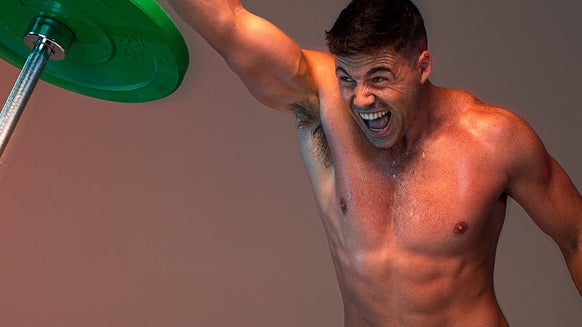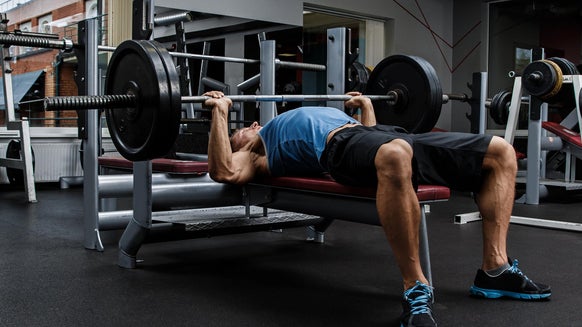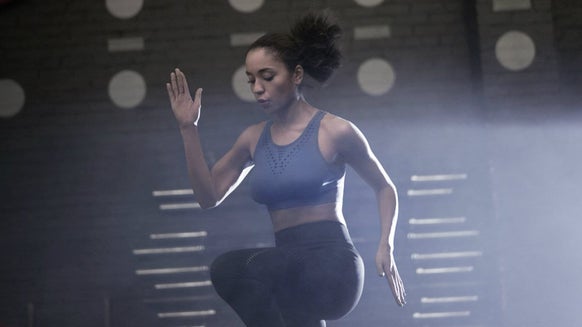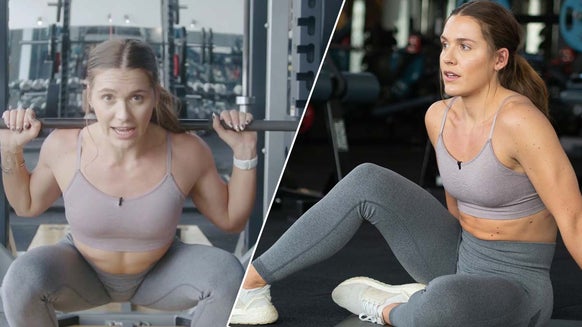TRAINING
How To Do A Bodyweight Squat | Benefits & Technique

What is a bodyweight squat?
What muscles are targeted?
What are the benefits of bodyweight squats?
- Strengthens the core
- Strengthens and builds lower body muscles
- Burns calories
- Reduces the risk of injury
- Boosts athletic performance
How to perform a bodyweight squat - master the technique
- Stand with feet shoulder-width, with toes slightly turned outward.
- Tighten up your core to stabilize yourself, start to shift your weight back into your heels while pushing your hips behind you as you squat down.
- Continue to lower yourself until your thighs are almost parallel to the floor. Your feet should remain flat on the ground, and your knees should remain over your toes.
- Keep your spine neutral, chest out and push through the heel to return to the start position. Keep the core tight.
Common bodyweight squat mistakes and how to fix them
Lumbar flexion
Knee valgus
How to add Bodyweight Squats to your workout
Variations and alternative exercises
1. Barbell back squat
How to do a barbell back squat:
- Start with the barbell resting on your shoulders and your feet shoulder-width apart.
- Descend by bending your knees and keeping your back straight.
- Continue all the way down, or as low as you can go, keeping your weight on the front of your heels.
- When you’re at the bottom of the squat, drive your hips forward and push up through your heels to return to the starting position.
2. Bulgarian split squat
How to perform a Bulgarian split squat:
- Find a bench and get into a forward lunge position. Your torso should be upright, hips square to the body, and you back foot elevated on the bench.
- With your leading leg around half a metre in front of the bench, lower yourself down until your front thing is almost horizontal. Your knee should be in line with your foot.
- Pause for a second at the bottom, before driving up through your front heel back to the starting position.
- Repeat for the desired amount of reps.
3. Goblet squat
- Stand with your feet slightly wider than hip-distance apart, your toes angled slightly outward.
- Hold a kettlebell or weight in both hands at your chest, gripping with one hand on either side of the handle or weight.
- Bend your elbows so the weight is positioned right at the centre of your chest.
- Engage your core and look straight ahead as you want to keep your back neutral.
- Press your hips back and begin bending your knees to perform the squat. Inhale as you lower your body.
Take Home Message

Chris Appleton Author & Editor







